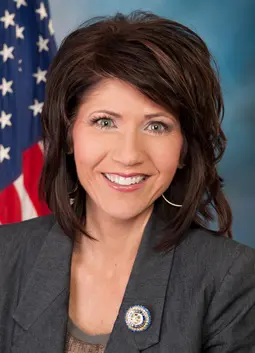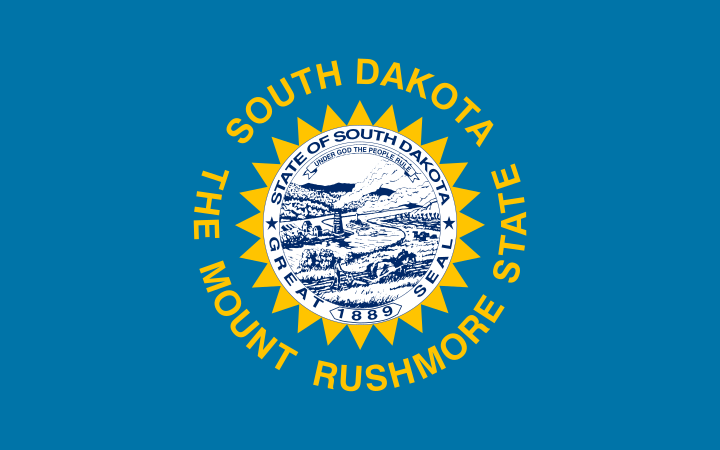South Dakota’s vibrant community and deep-rooted traditions are being challenged by a proposed $3.6 million budget cut to South Dakota Public Broadcasting (SDPB) by Governor Kristi Noem. This cut has sparked significant concern from the South Dakota High School Activities Association (SDHSAA) regarding the future of broadcasting high school sports and fine arts events across the state.

Kristi Noem
In a recent meeting held on January 22, 2025, in Pierre, South Dakota, the SDHSAA board of directors expressed deep concerns about the potential impacts of Governor Noem’s proposed cuts. SDPB, an essential service to South Dakotans, has been a critical partner in broadcasting all state-sponsored high school sports and arts events live on both television and the internet.
Executive Director Dan Swartos emphasized, “They have indicated that if that were to go through, they wouldn’t be able to televise our events. That’s our biggest concern legislatively.” This concern highlights the potential challenges faced by the SDHSAA in ensuring equal coverage for both boys and girls sports, raising potential Title IX issues.
Dan Swartos
SDPB is known for its wide-reaching influence, accessible on cable and over-the-air with an antenna, thus serving as a unifying platform for communities across South Dakota. From a cultural standpoint, it supports education, transparency in government, and public safety. The SDHSAA board issued a powerful statement backing SDPB, urging legislators to reconsider and restore the budget for the 2026 fiscal year.
The economic implications of this budget cut are profound. Local hosts and commentators like Deubrook Area High School Activities Director Brad DeBeer, pictured during last year’s state Class A girls basketball tournament, might face challenges if SDPB’s broadcasts are curtailed. The SDHSAA’s annual gatherings are not just sports; they represent family, history, and the spirit of South Dakota.
Brad DeBeer
Moreover, the looming introduction of House Bill 1017, which mandates the acceptance of cash at all high school events, adds another layer of complexity. While the impetus behind this bill stems from some districts such as Sioux Falls and Harrisburg moving towards cashless systems, it presents logistical challenges. “It’s difficult to get $10,000 in small bills from a bank,” Swartos explained, illustrating the logistical headaches of handling large amounts of cash safely and securely.
Swartos has been proactive, planning to engage in legislative appropriation committee meetings to add his voice to those opposing the funding cuts. While there’s no certainty that he will get the opportunity to testify, the momentum of support behind SDPB is clear within the SDHSAA’s ranks.
The association and many South Dakotans are calling on lawmakers to recognize the indispensable role SDPB plays in their lives. The call to action is loud and clear—protect SDPB’s budget to ensure it continues to bridge communities, foster education, and spotlight the talents within South Dakota’s youth.
This situation encapsulates a broader narrative about the intersection of budget considerations, public service broadcasting, and community engagement within South Dakota. It remains a pivotal story of interest not just for policymakers, but for all South Dakotans invested in the continued prosperity of their local culture and youth activities.
